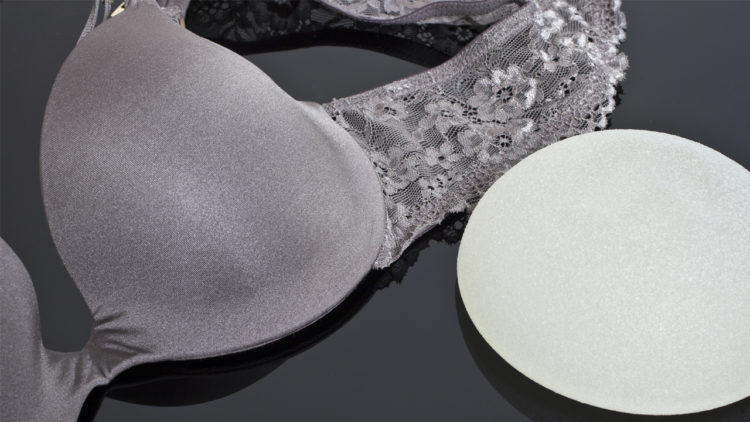Breast augmentation is a safe, effective way to not just add more volume to a patient’s chest. It can also change the look of her entire torso. The right breast implant has the ability to make the waist appear smaller and the abdomen look flatter. One of the reasons that Dr. Bruce Van Natta has always been drawn to breast surgery is due to this transformative power. He loves when his patients come in post operatively wearing the clothes that they’ve always dreamed of wearing with a swing in their step and a smile on their face because they feel more confident in their skin.
While Dr. Van Natta’s goal with beast augmentation surgery is to deliver a patient’s desired outcome, there has always been a subset of women who want a larger implant than their body can necessarily maintain. They may have weak breast tissue due to:
- pregnancy
- breastfeeding
- weight gain/loss
- menopause
- a previously too large breast implant
Or they may simply be extremely small busted. In the past, it was difficult to achieve a desired outcome for these patients that would actually last. No plastic surgeon wants to create a situation that will require revision breast surgery down the road. This is where soft tissue support in primary breast augmentation surgery is a real game changer as it creates an internal bra of support for the patient out of her own tissue.
Why Soft Tissue Support is Important
During his 30 years in practice, Dr. Van Natta has made it a tenet of his philosophy to look for new and innovative ways to solve his patient’s problems. As an early adopter of soft tissue support, he has a lot of experience with these incredible products. Over the years, he has used:
- SERI – multifilament silk
- TIGR – combination of multifilament PGLATMC/PLATMC
- Vicryl – multifilament PLGA
- ADM – dermal matrix such as Allerderm & Stratis
- Galatea Scaffolds – poly-4-hydrozybuterate (P4HB)
Adamant about the power of soft tissue support in general, today Dr. Van Natta exclusively uses the Galatea Scaffolds collection. He finds P4HB to have a number of benefits for his patients such as:
- initial tensile strength
- strength retention over time
- wound healing aid
- easily absorbed by the body as it’s a naturally occurring biopolymer
- low rate of infection (Dr. Van Natta’s is zero)
- delivers long lasting results as it does not stretch
The goal of this website is to share his soft tissue support knowledge with patients and fellow colleagues.
Soft Tissue Support is an Insurance Policy
Dr. Van Natta finds soft tissue support to be a truly powerful force in controlling the inframammary fold. He has experienced such success in this regard in his mastopexy, mastopexy augmentation and breast reduction procedures that he began using soft tissue support in his primary breast augmentation patients as well — especially with his very small busted gals. When a patient is an A minus minus, there is simply less breast tissue to cover and support the implant. This was incredibly limiting and frustrating for patients as they typically wanted more volume that he felt comfortable using.
With soft tissue support, however, Dr. Van Natta is able to use a larger breast implant while also minimizing the chance that the breast tissue will stretch over time causing implant malposition. The mesh basically acts as an insurance policy. He always reminds his patients that if they wind up with pocket stretch, it will be much more expensive to have revision breast surgery than it is to pay for a mesh product as part of their initial surgery.
As you can see in this video, suture placement is important as you do not want to lose your dual plane effect. You are really creating a rim or shelf of support. The patient’s body will quickly produce its own collagen that will weave in and out of the mesh which eventually dissolves. In a matter of just a few weeks, there is incorporation of up to a millimeter of thickness. As discussed, soft tissue support is about creating an internal bra or hammock of support so you want the mesh to really cover the lower portion of the implant. After closure, it is easy to see how the mesh or scaffold helps to stop the downward progression of the implant. To date, Dr. Van Natta has had no cases of pocket stretch and he’s followed some of these primary breast augmentation with soft tissue support patients out 2-3 years.
